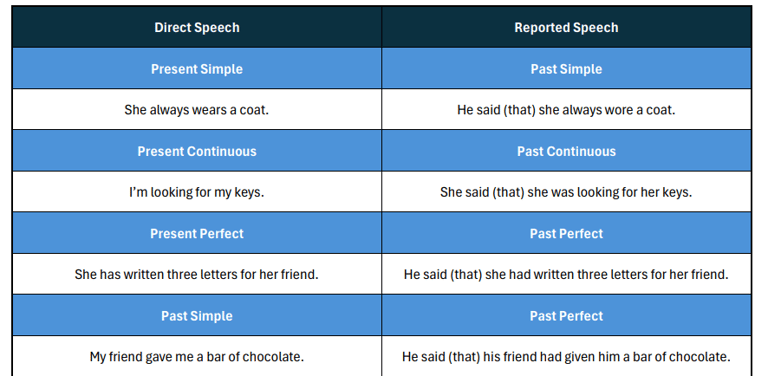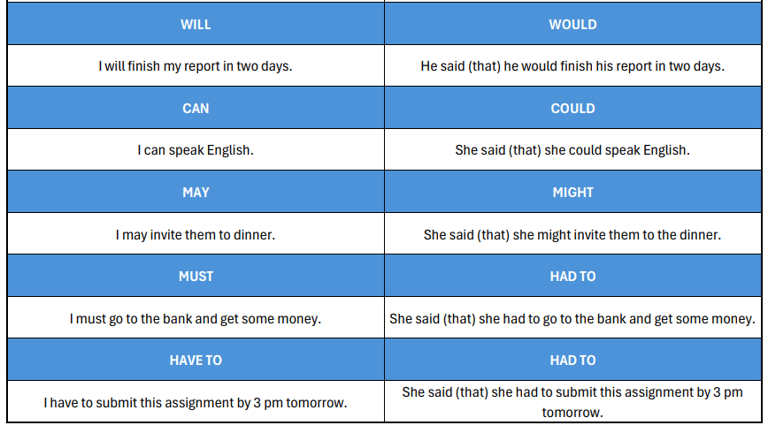Passive Voice
ENGLISH GRAMMAR & VOCABULARY


Section 1: Understanding the Passive Voice
1.1 What is Passive Voice?
In English, there are two voices: active and passive.
Active Voice: The subject of the sentence performs the action.
Passive Voice: The subject of the sentence is acted upon by someone or something else.
The passive voice is commonly used in business English to emphasize actions rather than the person or entity doing the action. It is especially useful when the focus is on the result, the action itself, or when the doer (agent) is unknown or irrelevant.
1.2 Structure of Active vs. Passive Voice
Active voice structure:
Subject + Verb + Object
Passive voice structure:
Object + Auxiliary Verb ("to be") + Past Participle + (by + Subject) (optional)
Example:
Active: The manager approved the report.
Subject = "The manager"
Verb = "approved"
Object = "the report"
Passive: The report was approved (by the manager).
Object = "The report"
Auxiliary Verb = "was"
Past Participle = "approved"
The agent (subject) "by the manager" is optional and can be omitted.
Section 2: Exercises on Passive Voice
2.1 Fill in the Blank Exercises
Complete the sentences using the correct form of the passive voice:
The contract __________ (sign) by both parties yesterday.
The report __________ (finish) before the deadline.
The meeting __________ (schedule) for next Monday.
The documents __________ (not receive) yet.
The product __________ (launch) last year.
A new policy __________ (implement) soon.
All invoices __________ (send) by the accounting team.
The building __________ (renovate) last month.
The decision __________ (make) by the board of directors.
This issue __________ (discuss) in the next meeting.
2.2 Scrambled Sentences
Rearrange the words to form correct passive voice sentences:
by / report / reviewed / was / the / the / team.
not / was / completed / the / task / on time.
proposal / be / by / the / will / approved / committee.
laptops / last / were / the / sold / week.
shipped / the / order / was / yesterday.
project / completed / be / by / the / tomorrow / will.
the / delivered / will / package / tomorrow / be.
presentation / be / given / will / the / by / the / director.
files / were / updated / by / team / yesterday.
the / was / not / sent / email / on time.
2.3 Multiple Choice Questions
Choose the correct passive voice form:
The report __________ tomorrow.
a) is being prepared
b) was prepared
c) will be preparedThe invoice __________ yet.
a) wasn’t received
b) hasn't been received
c) didn’t receiveThe new policy __________ next month.
a) is being introduced
b) introduced
c) will be introducedThe contract __________ by both parties last week.
a) was signed
b) is signed
c) has been signedThe email __________ yesterday.
a) sent
b) is sent
c) was sentThe presentation __________ at the next meeting.
a) will give
b) will be given
c) is givenThe order __________ tomorrow.
a) delivers
b) will deliver
c) will be deliveredThe proposal __________ by the team.
a) was prepared
b) prepared
c) is preparingThe goods __________ next week.
a) were delivered
b) will be delivered
c) are deliveringThe meeting __________ for next Monday.
a) was scheduled
b) is scheduling
c) schedules
2.4 Passive and Active Voice Test
Instructions: Convert each sentence into the opposite voice (active to passive or passive to active).
The book was written by the author last year.
Sarah is cleaning the house right now.
The cake has been baked by the chef.
They will finish the project by tomorrow.
A letter was being sent by John when I arrived.
The results will have been announced by the time we get there.
The teacher corrects the exams every week.
The car was being repaired by the mechanic all morning.
He has already solved the problem.
The flowers are watered every day by the gardener.
They are going to build a new bridge next year.
The windows have been cleaned by the staff.
Someone is painting the walls right now.
The meeting had been cancelled before we arrived.
We will organize the event next weekend.
The phone was answered immediately by the receptionist.
She will have completed the report by next Monday.
The report is being typed by the secretary.
They had renovated the house before they sold it.
The food will be served at 8 PM.
Section 3: Reading Comprehension (Using Passive Voice)
Process: How New Policies Are Implemented in a Company
When a new policy is proposed, it goes through several stages before it is fully implemented. First, the policy is reviewed by the legal department to ensure it complies with all regulations. After this, it is sent to the human resources team to assess its impact on employees. Once these reviews are complete, the policy is approved by the board of directors. After approval, the policy is communicated to all employees through official channels such as emails or newsletters. Finally, the new policy is implemented across all departments. Any necessary training is provided to ensure compliance.
Questions
Who reviews the policy first?
Who assesses the impact of the policy on employees?
Who approves the policy?
How is the policy communicated to employees?
What happens after the policy is approved?
What department ensures the policy complies with regulations?
What is provided to ensure compliance with the new policy?
Who receives the final version of the policy?
How is the policy introduced to employees?
What is the last stage in the policy implementation process?



